
Guatemalan Huipil Guide - Identifying Different Regional Patterns
Mayan women adore colour. The brightest, most intense colours imaginable can be found at their famous textile markets, and traditional Mayan outfits comprise of a medley of colours and patterns that only they can carry off.
Each region has developed their own distinct weaving patterns and colour palettes - a handful of which I will showcase below in this blog, using the truly adorable little Mayan girls wearing exact replicas of their mamas favourite fashions. (Photo credits are at the end of the blog).
The traditional indigenous Mayan trajè includes -
The famous hand-embroidered huipil - a loose fitting tunic like blouse;
The woven corte - a large piece of cloth wrapped around the woman's waist as a skirt;
The faja - a wide, elaborately embroidered belt used to hold the skirt in place;
And the tocoyal - an intricately woven hair wrap.

SAN JUAN SACATEPEQUEZ
The four little beauties below are from San Juan Sacatepequez. A region known for their brilliant purple and yellow colours. The design on their huipiles is often of the feathered serpent - ancient Mayan lore which is still passed down through the weaving designs.
The cloth the girls are wearing folded on their heads is called a Tzute - a multi purposed cloth used to cover their head from the sun, tie food or a baby to their body, or sit on. Special, very expensive tzute's are used in ceremonies.

LAKE ATITLAN
The six little girls in the photos below all live in villages surrounding Lake Atitlan. The top three are from Santa Catarina Palopo, this region specialises in exquisite designs incorporating birds, butterflies and animals in a row. Their main colours are blue, turquoise and sometimes a red base with blue embroidery over the top.
The bottom three girls are all wearing Santiago huipiles which come in 2 distinct styles - with large floral embroidery often over striped cotton, and a simple check pattern with tiny embroidered birds in the centre of each square. Purple and red are the most common colours for Santiago.
Note the apron the baby girl bottom left has on. This is common in the Lake region, often the apron fabric is the same as the skirt fabric so you cannot tell they are two separate pieces. But sometimes women wear a contrasting fabric as their apron.

PATZUN
The little girls below are wearing (for the most part) Patzun huipiles. Two of the girls in the top photos are in Patzun burgundy tops with floral necklines. The little girl in the right hand photo beside her sister is wearing a multi-coloured Xela huipil.
Many of the Mayan women now branch out and wear huipiles from different regions, its becoming a matter of personal taste instead of strictly sticking to their regional design. This is usually women who can afford to buy huipiles instead of making their own, or inheriting them from family members.
The little girl in blue has a huipil that could be from Patzun or Santiago. The design is similar to both, floral neckline over striped cotton, the colour suggestions more Santiago, but the multi-coloured stripe suggests more Patzun, which does occasionally venture away from burgundy. Her blue corte is from Tzunil, one of the most expensive Corte designs in Guatemala as its hand embroidered, not just hand woven on a foot loom.

The little girl in the bottom right photo is wearing the second design of Patzun, the neckline displays the Mayan astrology symbols and is deeply significant to ancient Mayan wisdom. Sadly Mayans have lost much of their original spirituality, having been conquered by the Catholic Spanish and forced into Christianity. The symbolism and lore of their original spiritual traditions is often only found in their weaving art now.

COBAN
The region of Coban has changed their huipil style dramatically over the last decade or so. The below girls are wearing the latest style Coban huipiles which are woven into a super fine, lightweight cotton often with only minimal embroidery.
I could find only one photo of a little girl wearing the original Coban style huipil (top right). Coban is one of my all time favourite designs but increasingly hard to source due to the fashion change.

NEBAJ
Nebaj huipiles are one of the most tribal of all the huipil designs Guatemala has to offer. Their favourite colours are red, green and purple. The neckline often has an embroidered scallop, the designs incorporate stylised birds and animals, and the embroidery is very thick and rich.
Their tzute's (ceremonial or all purpose cloth) come in two styles, a more simple striped design from woven cotton, usually with white embroidery as shown with the little sisters tzute top left, and their ceremonial tzute's which are richly embroidered textiles indeed.
The Nebaj region are also known for their elaborate tocoyal (head wrap). Many Guatemalan regions use a thin ribbon that is intricately wrapped through the hair and around the head, however Nebaj tocoyales are regal headdresses indeed.

QUETZALTENENGO
This region has incredible designs that incorporate geometric and floral designs layered horizontally. The design is distinguished by two parallel embroidered randas on each side of the bust.
Randas are pretty patterns embroidered over the seams to hide them and most common on Mayan Corte's where taller ladies have an extra width added to the bottom of their skirt for modesty and then hide the seam with an elaborately embroidered randa.
Sadly many Quetzaltenango huipiles are now machine made, a practise that is only going to continue to expand throughout the country as the textile art slowly dies out here as it has in many other countries.

SAN ANTONIO AGUAS CALIENTAS
These huipiles have been described as some of the most exquisite embroidery by textile experts. They incorporate a floral (often mixed with birds) and missoni style geometric design that is distinct to their region.
They love primary colours and use an incredible medley of extremely bright colours, perhaps they produce the most colourful of all the colourful huipiles in Guatemala.

TRADITIONAL MAYAN MEN'S CLOTHING
Very few Mayan men wear their traditional clothing anymore. For two reasons. When the crime of slavery to USA corporations was enforced only a few decades ago the men were taken away from their families for large portions of the year and forced to work for free for westerners, hence they got used to wearing western clothing.
Secondly the cost of hand made traditional clothing is vastly more than the cheap second hand clothing imported by the ton from the states and easily accessible. The men prefer to let their wives and daughters spend the extra money on the traditional clothing which means so much to them.
Sadly mens gorgeously colourful traditional outfits are rarely seen and becoming quite rare, hence I know very little about the styles and regions. I do know the men look gorgeous and masculine in their traditional outfits.

Here ends this blog showcasing Micro Fashion - Guatemala style. I hope you enjoyed reading it as much as I enjoyed writing it.
If you have any questions or comments about this blog I'd love to hear from you. Contact me here or message me on my Instagram page.
Until next time...
Willow xx
Photo Credits
@victorhugo9821 @rich_per @panadowsky @byron_cuc @esenguitz @hiptipico @kevinpatzun88 @davidrceto @mingo_yc_007 @studio_velher @yackfotografia Pinterest

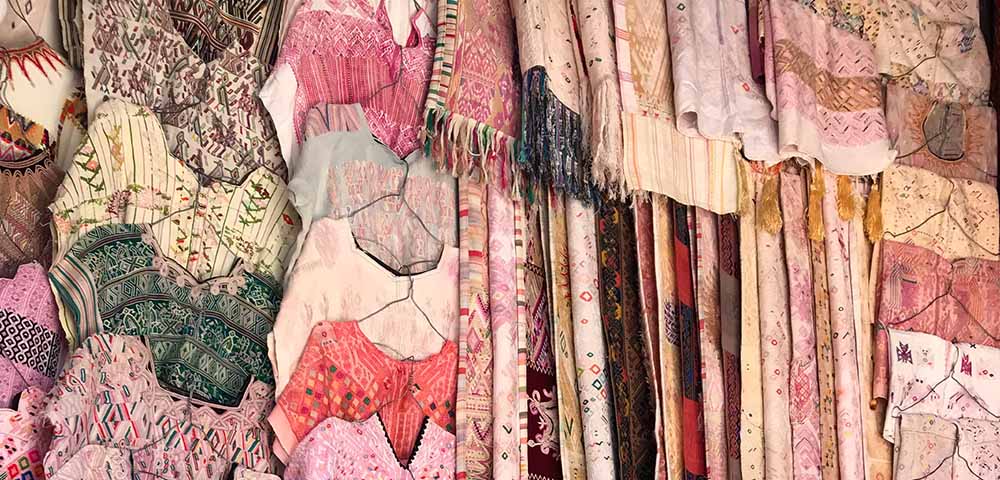


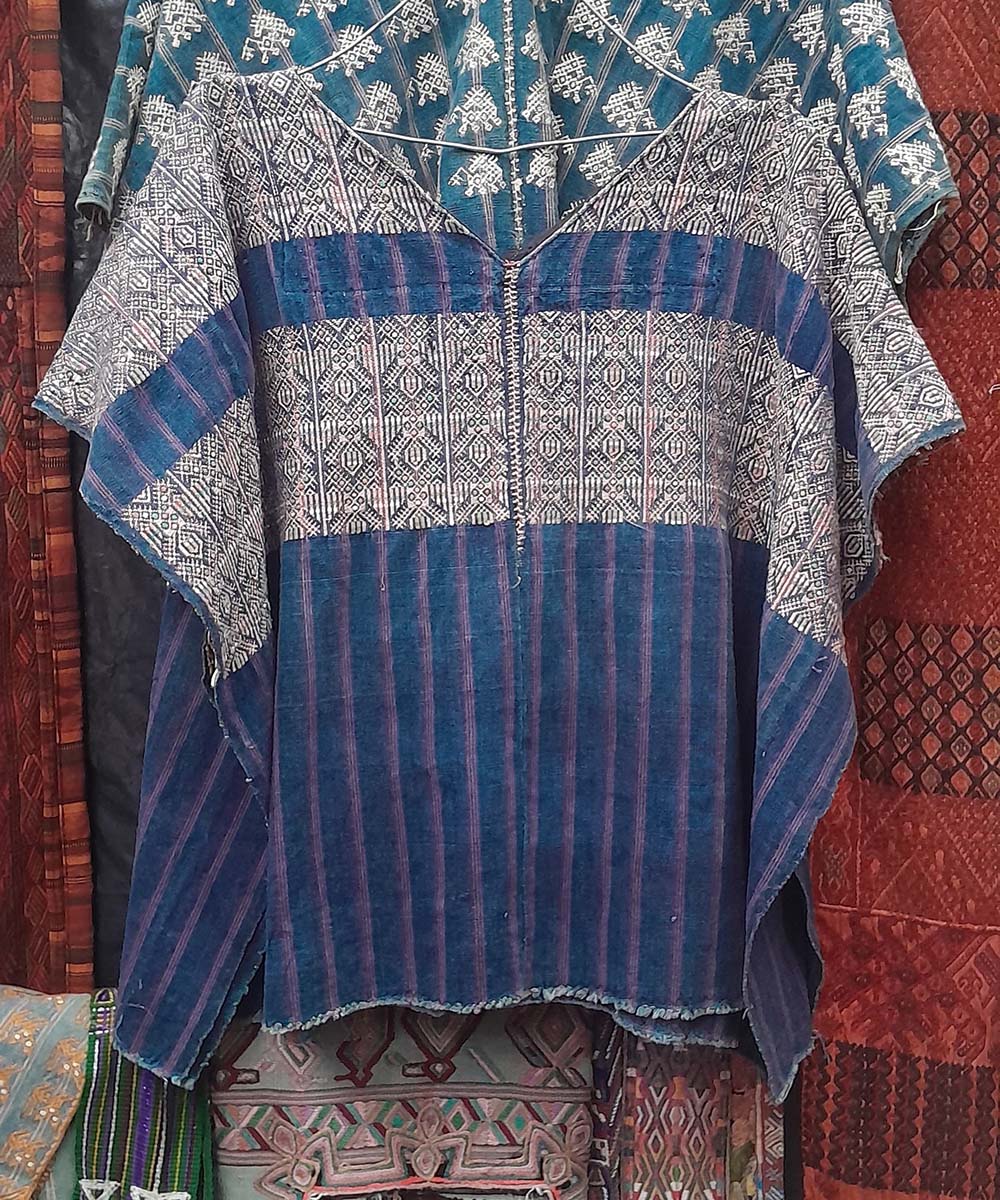
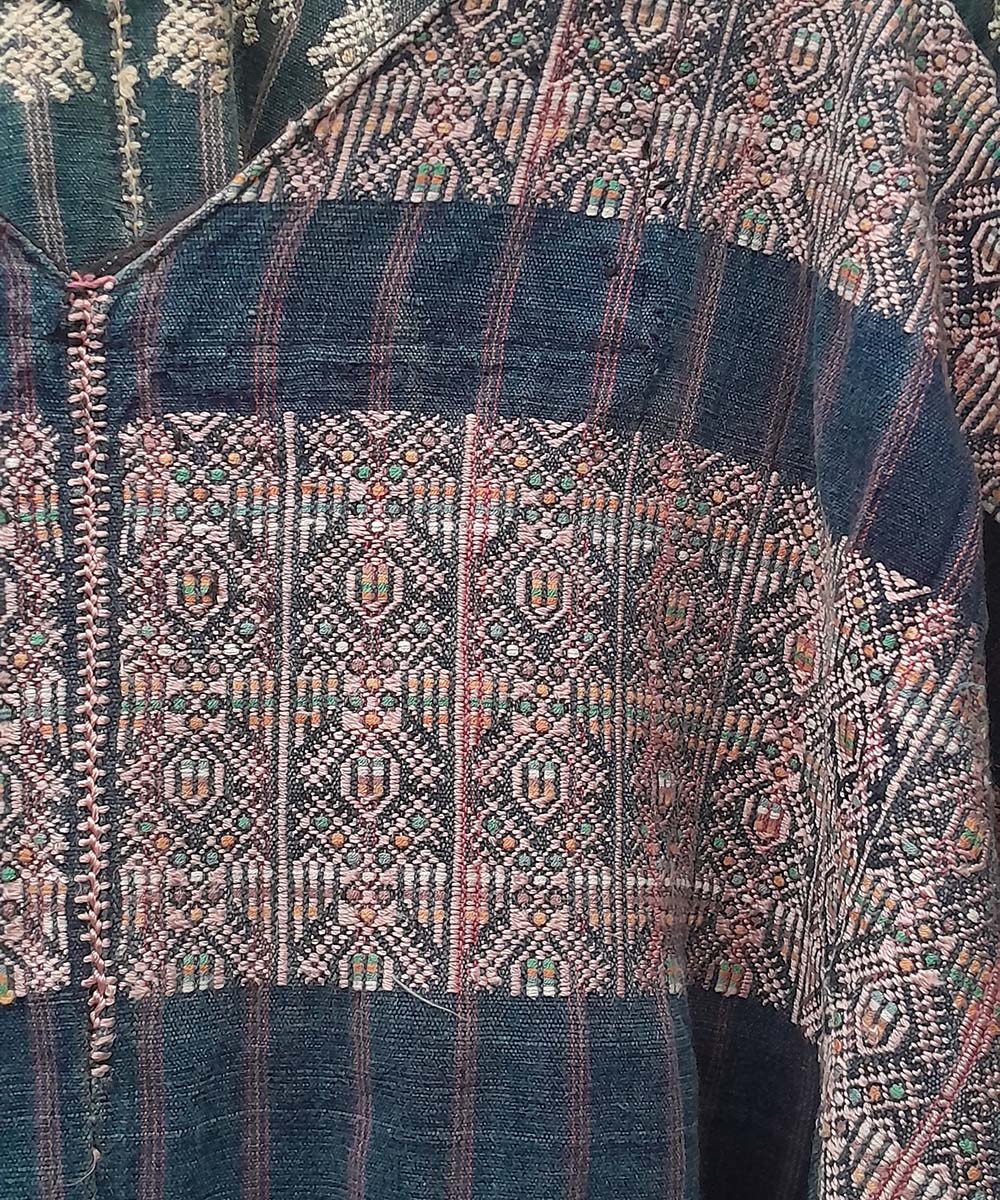
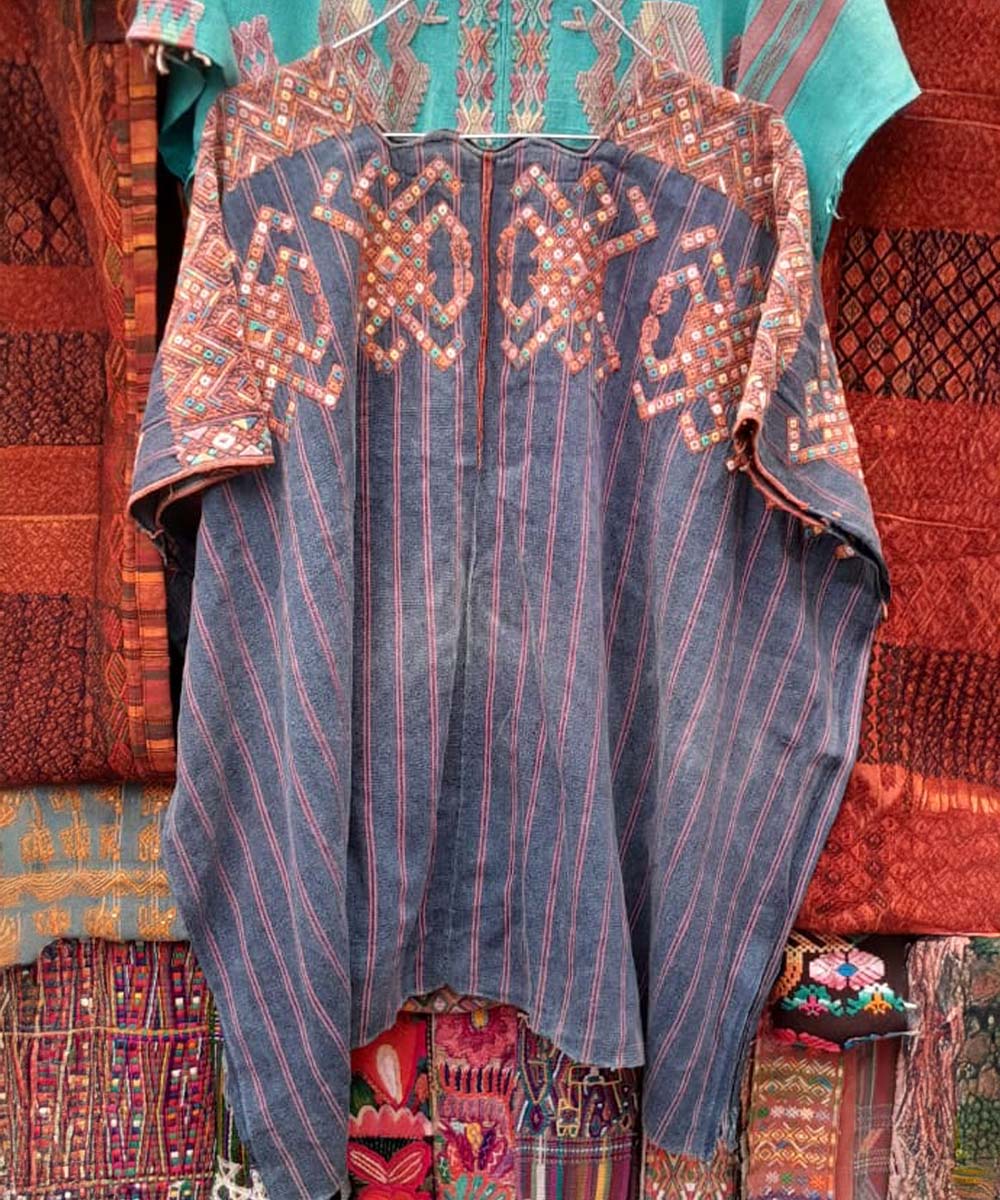
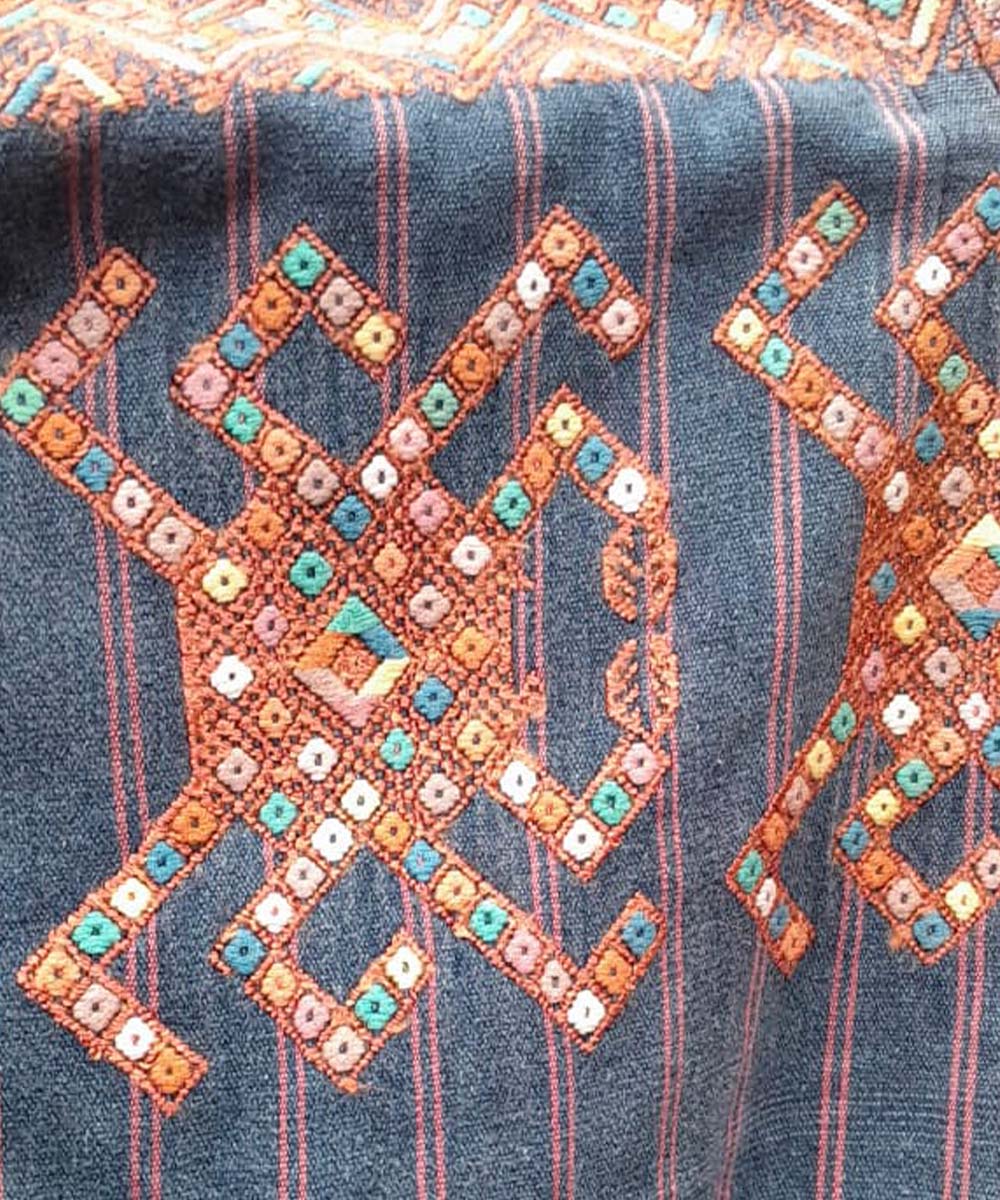
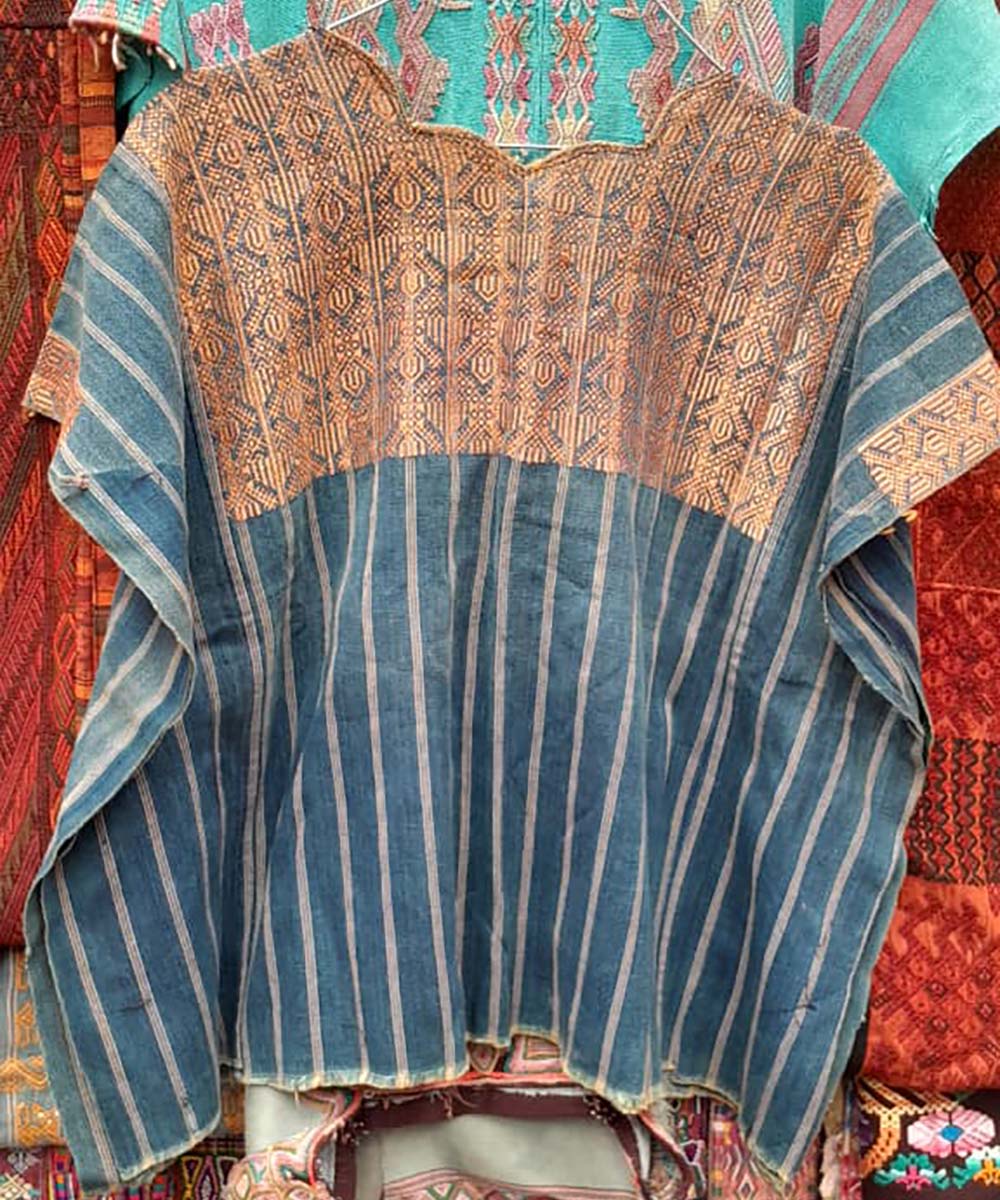
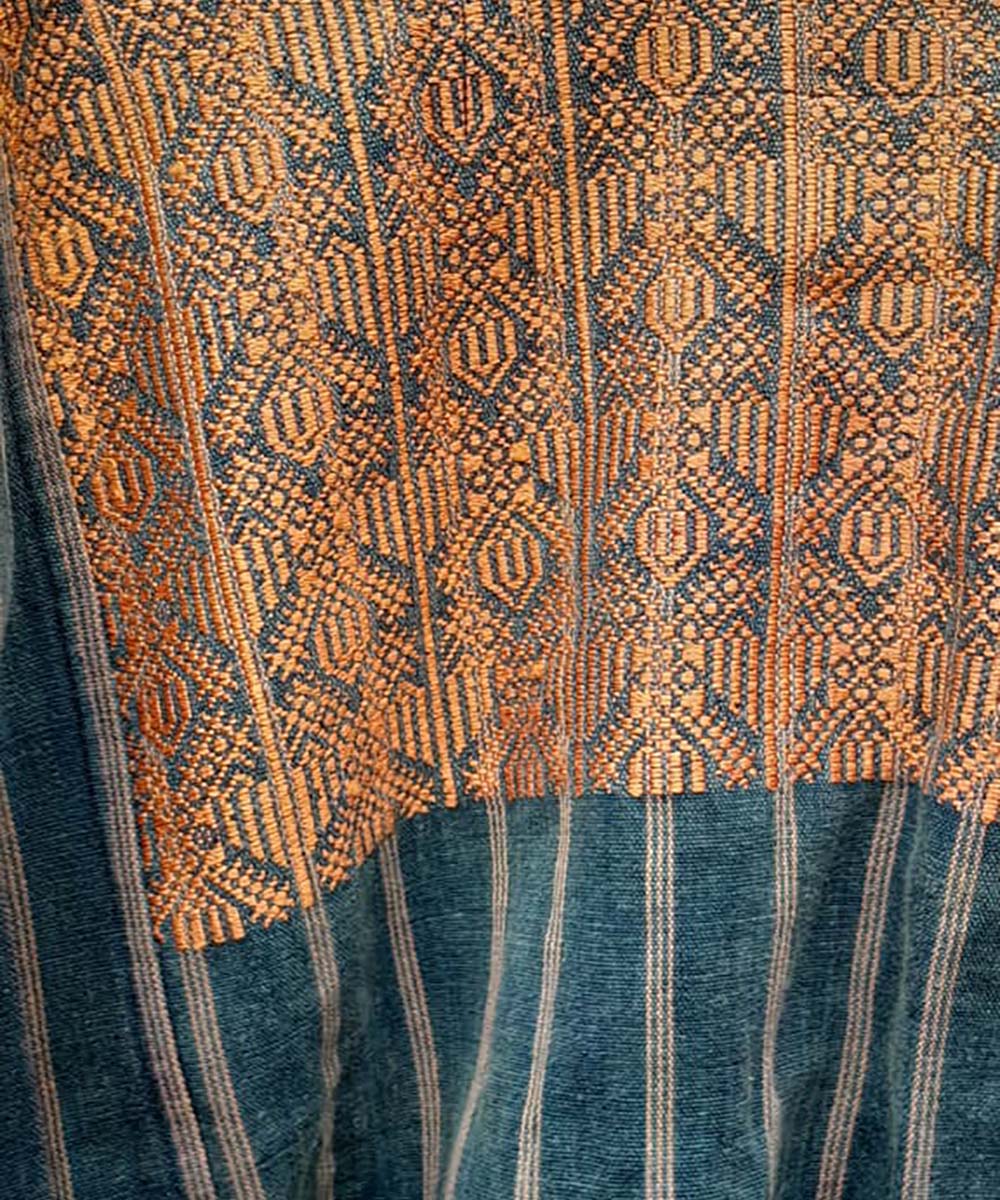
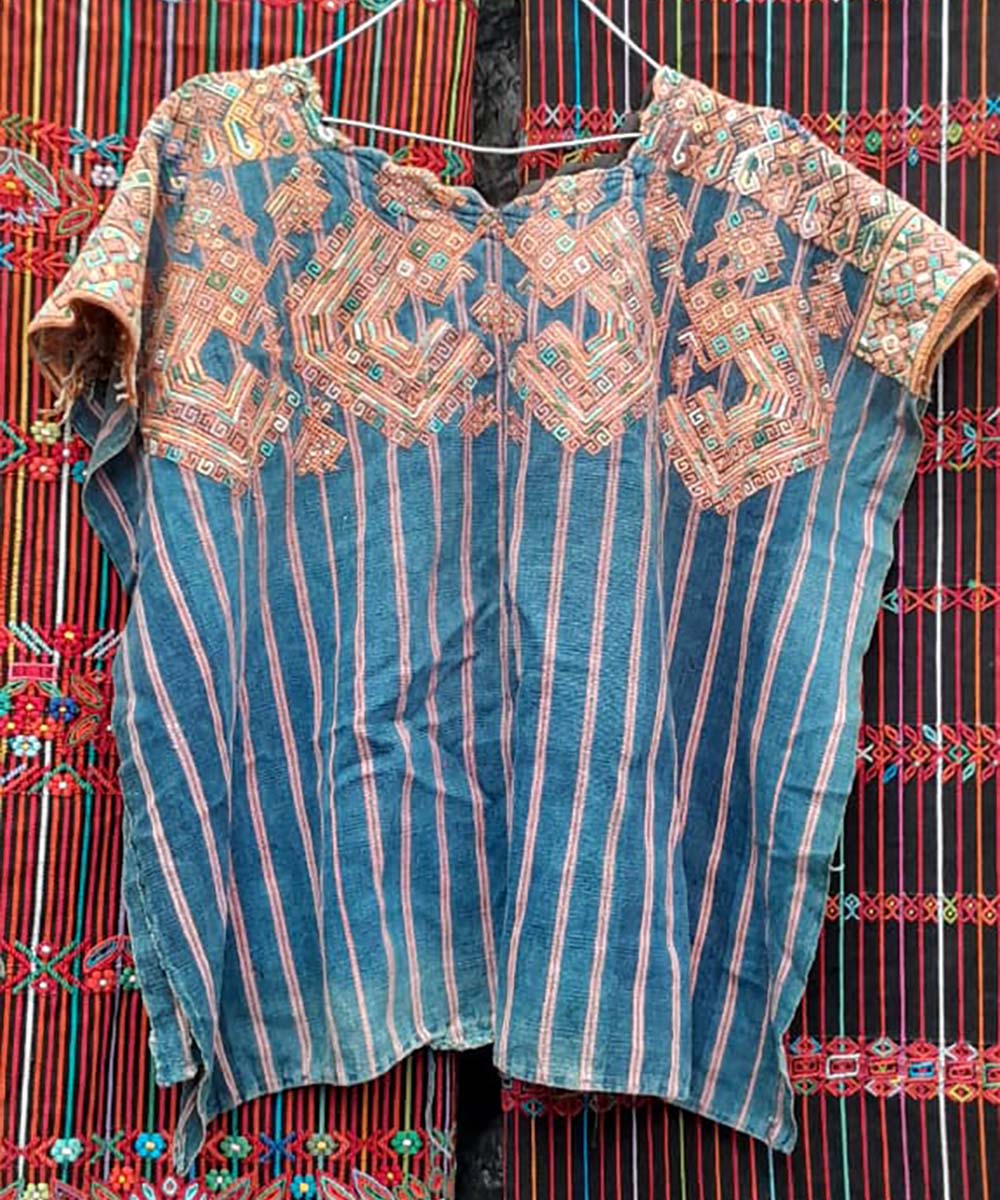
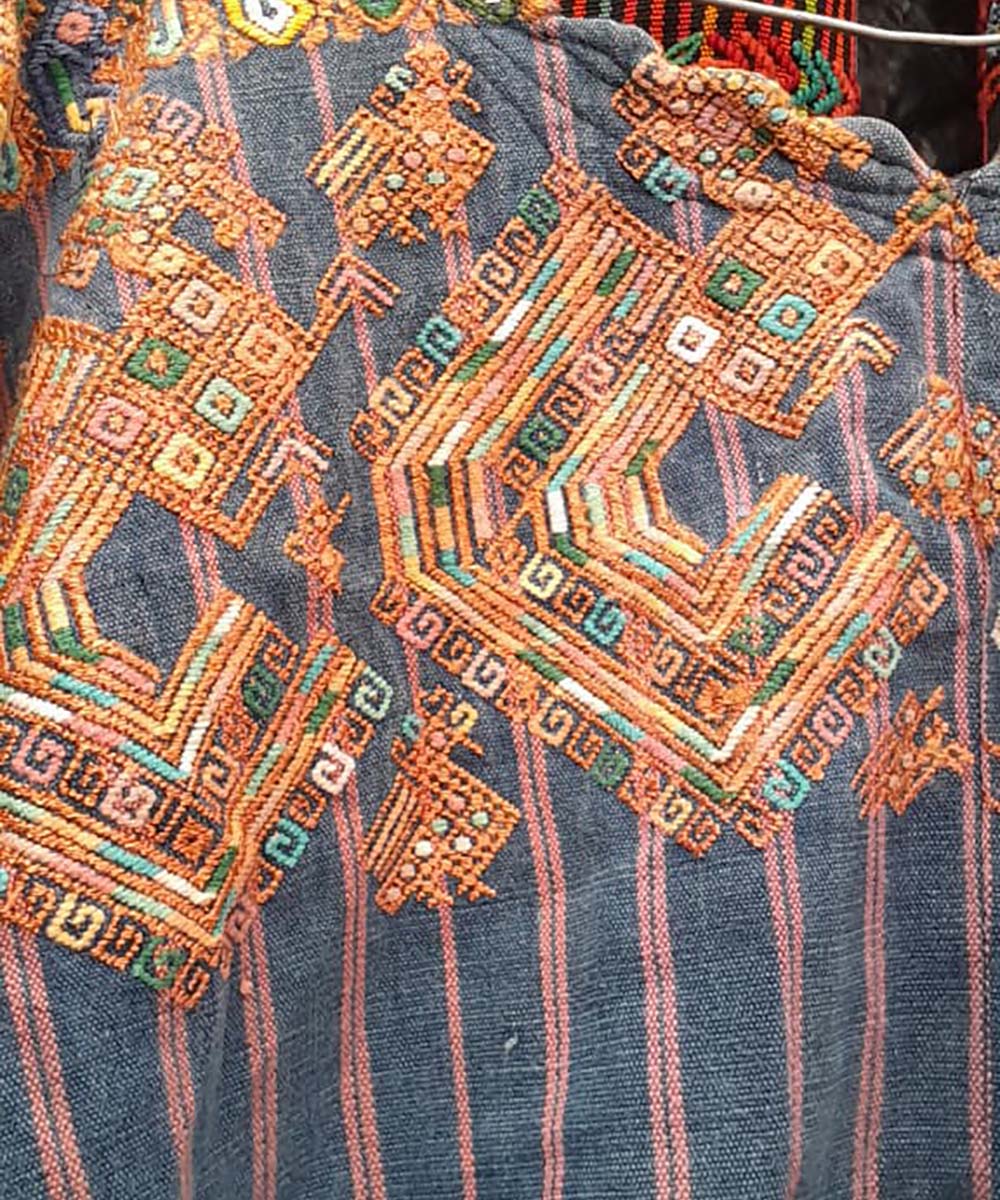

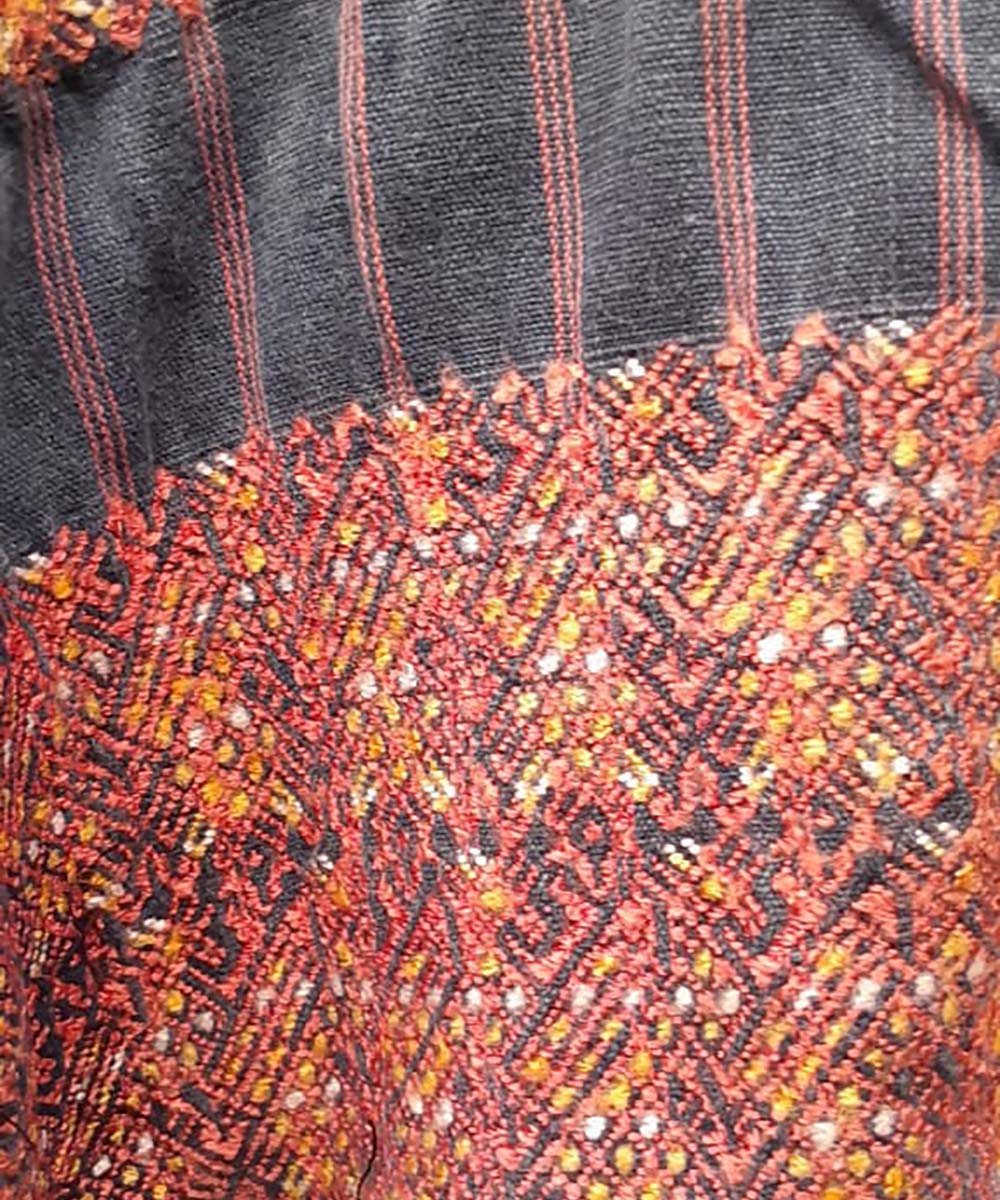

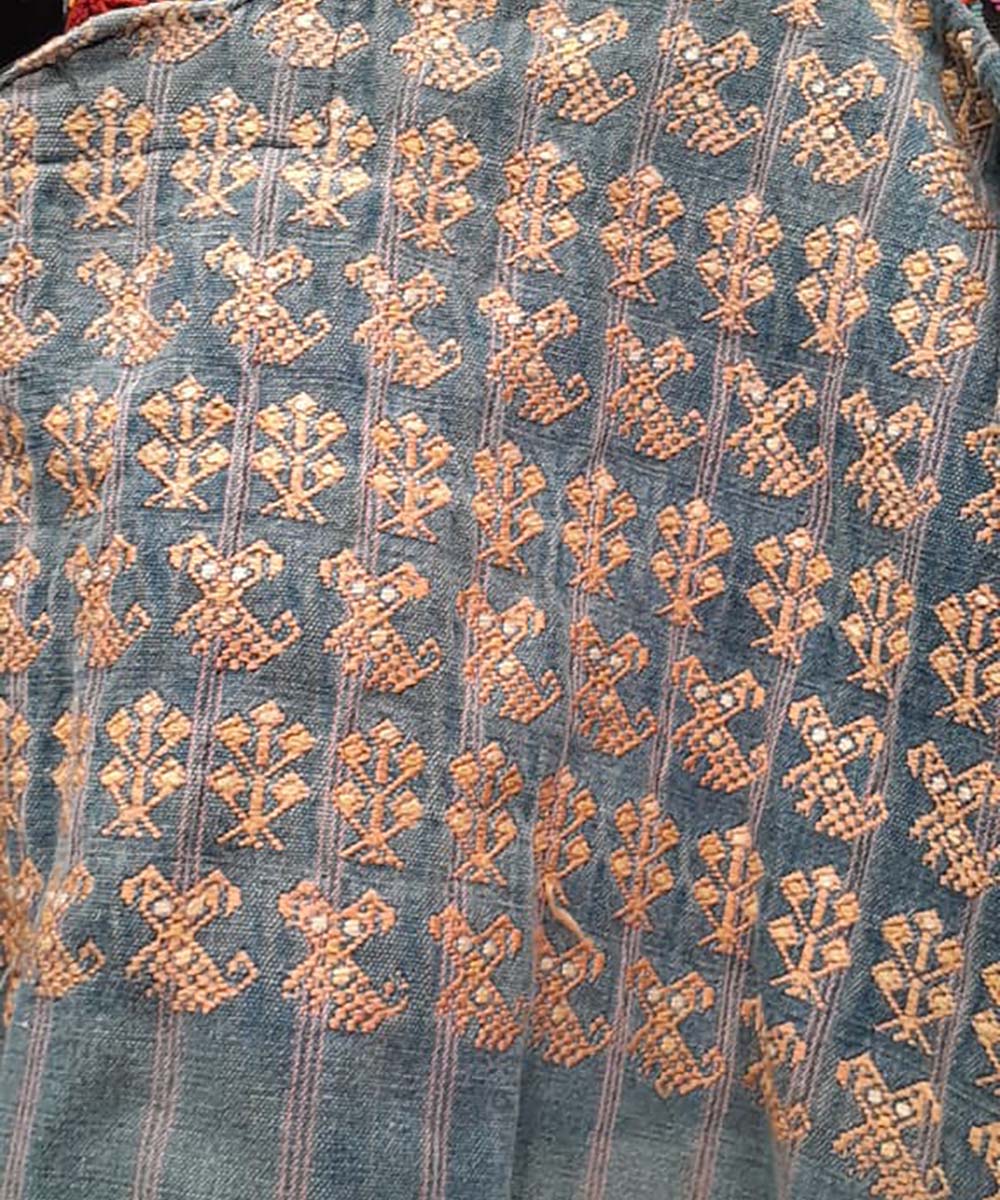
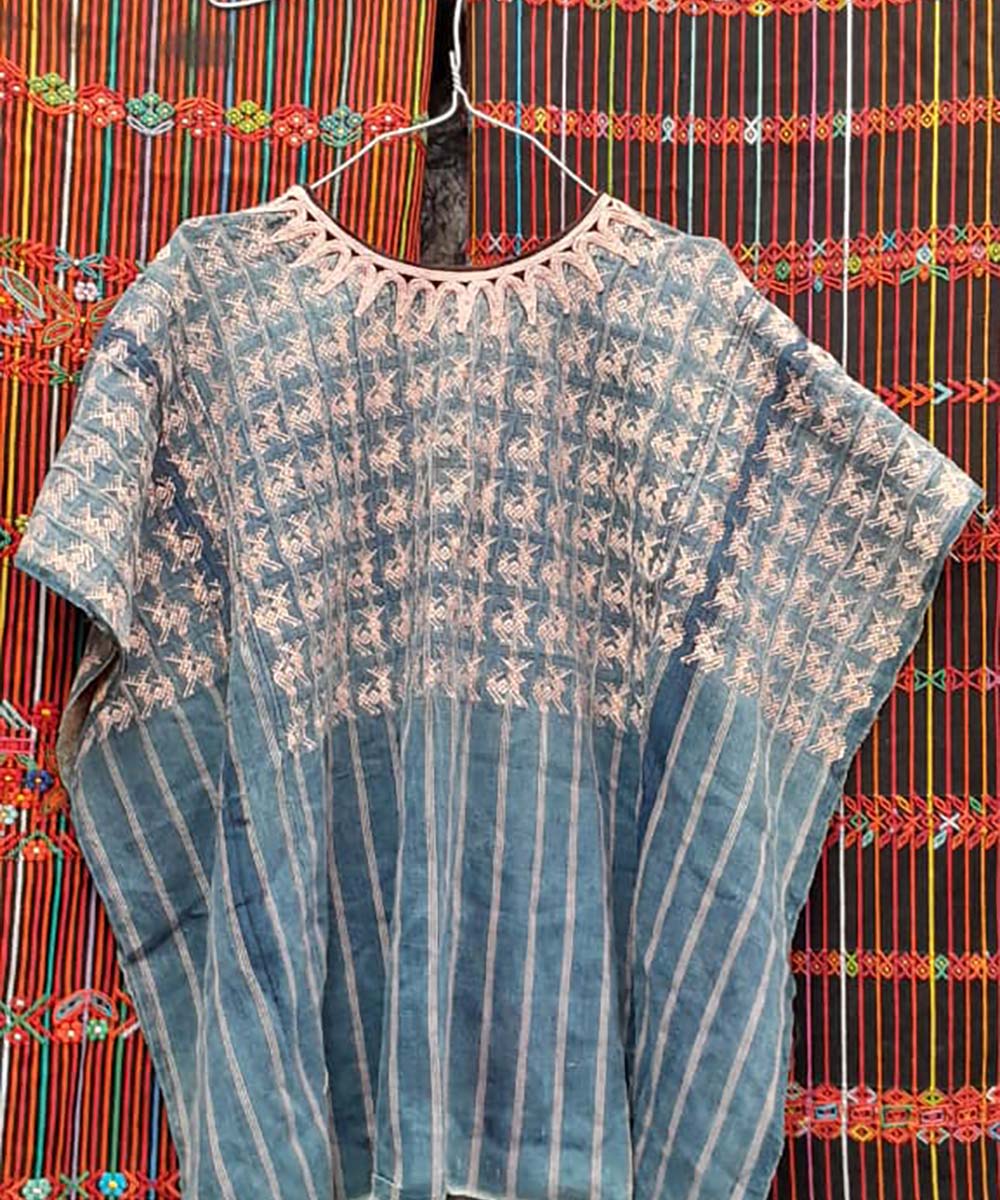
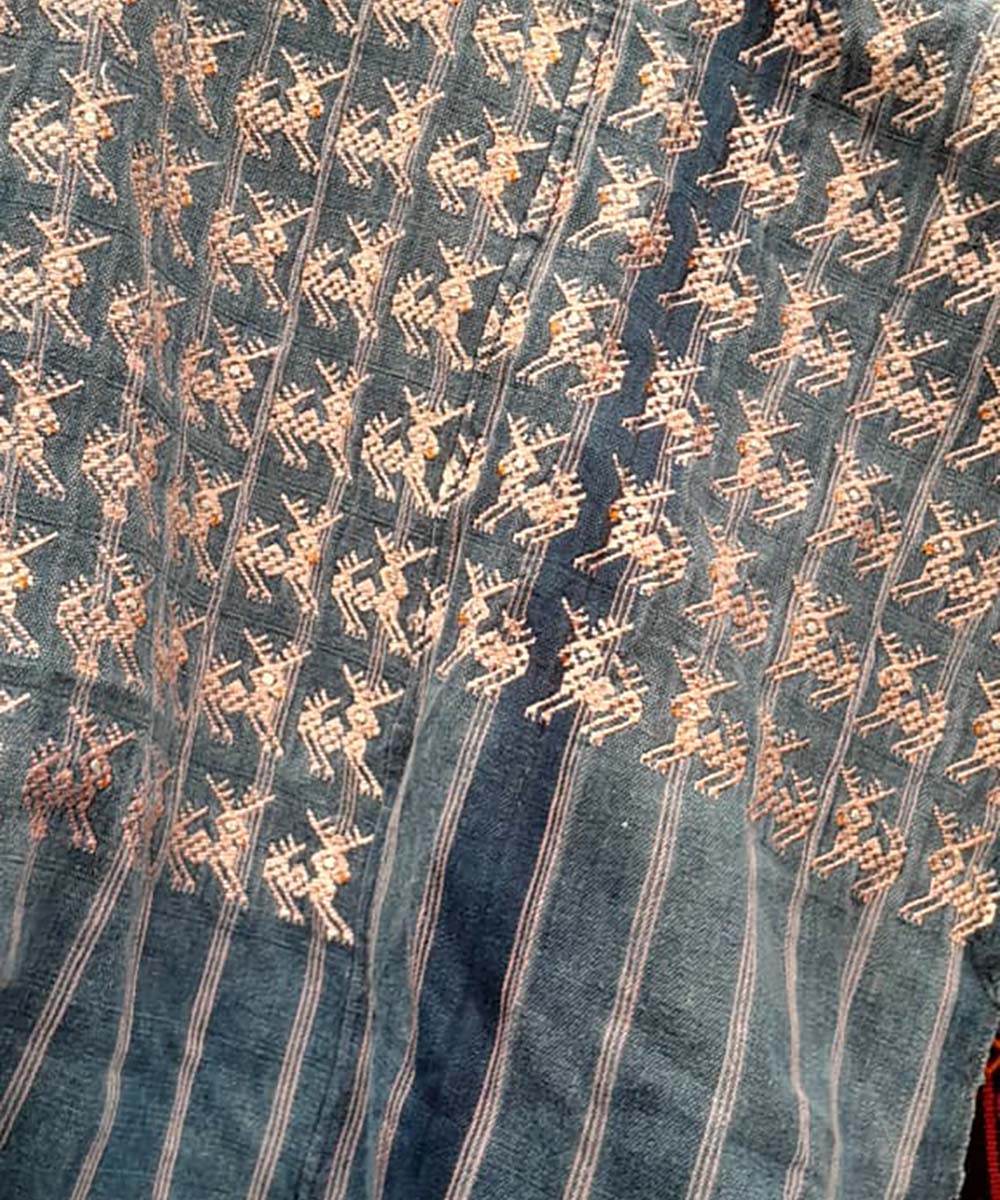
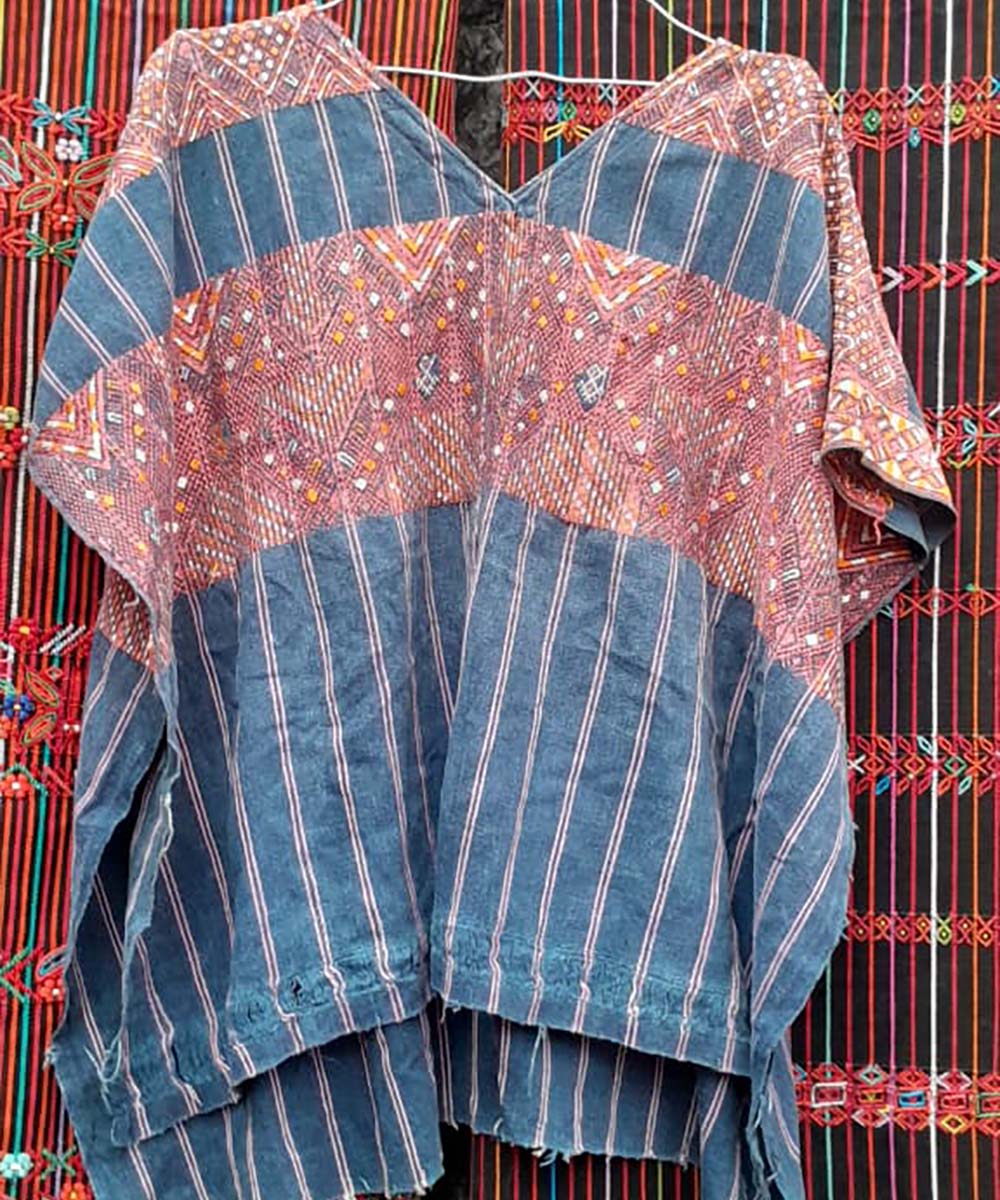
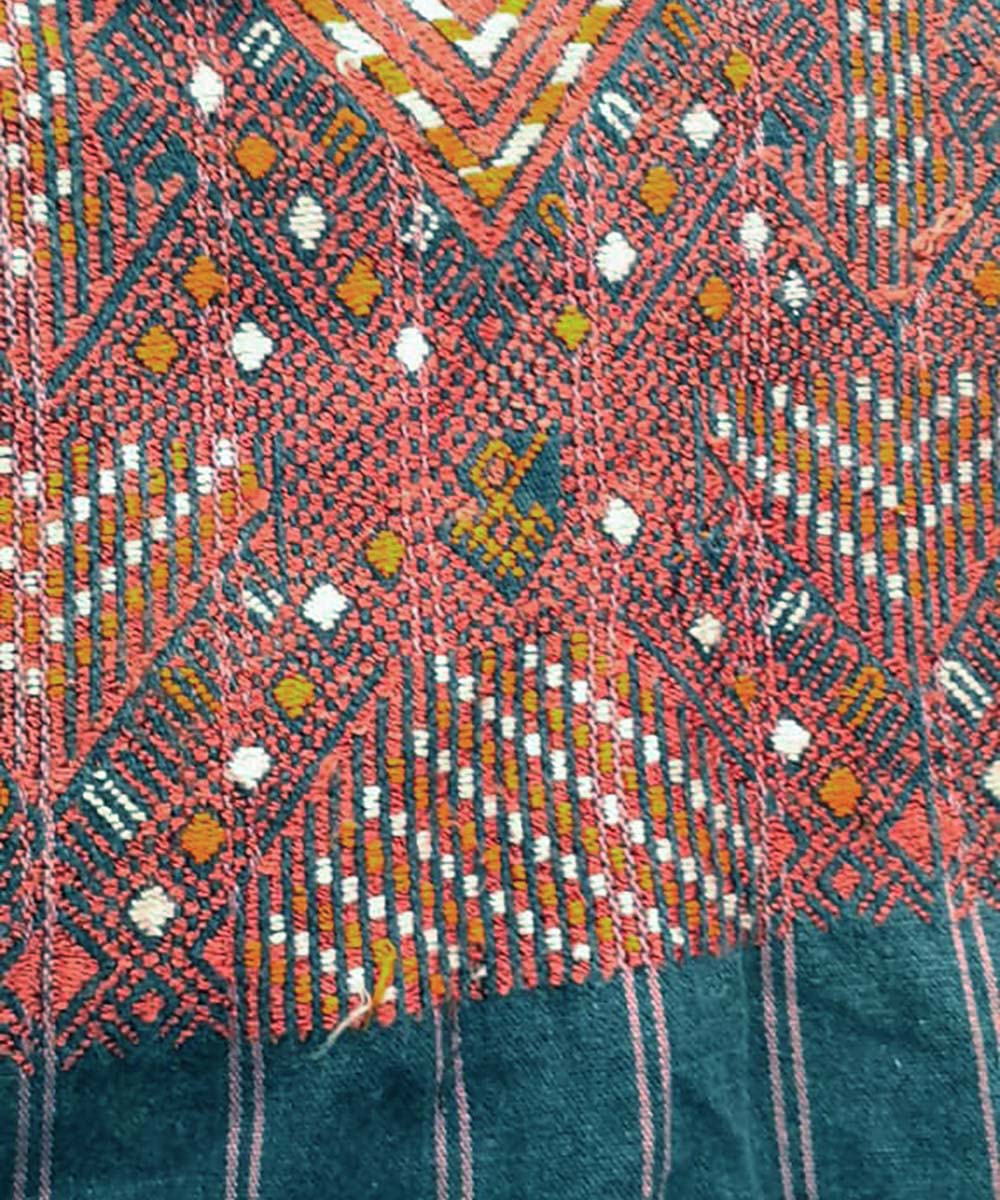
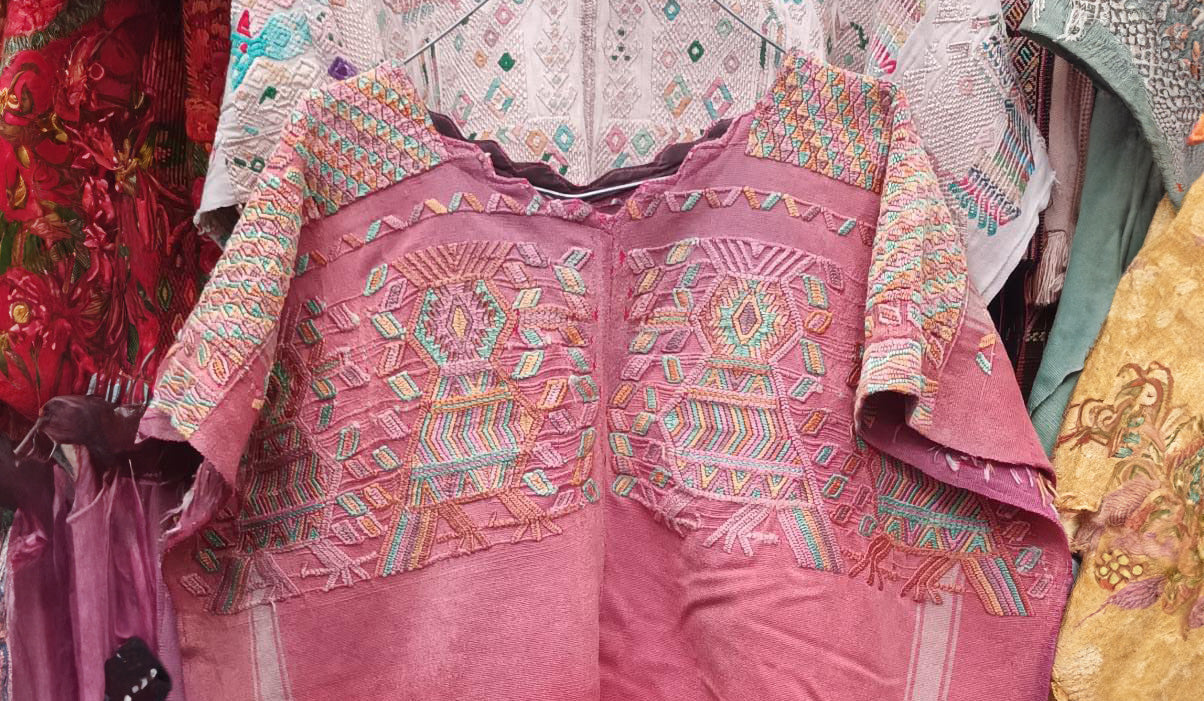
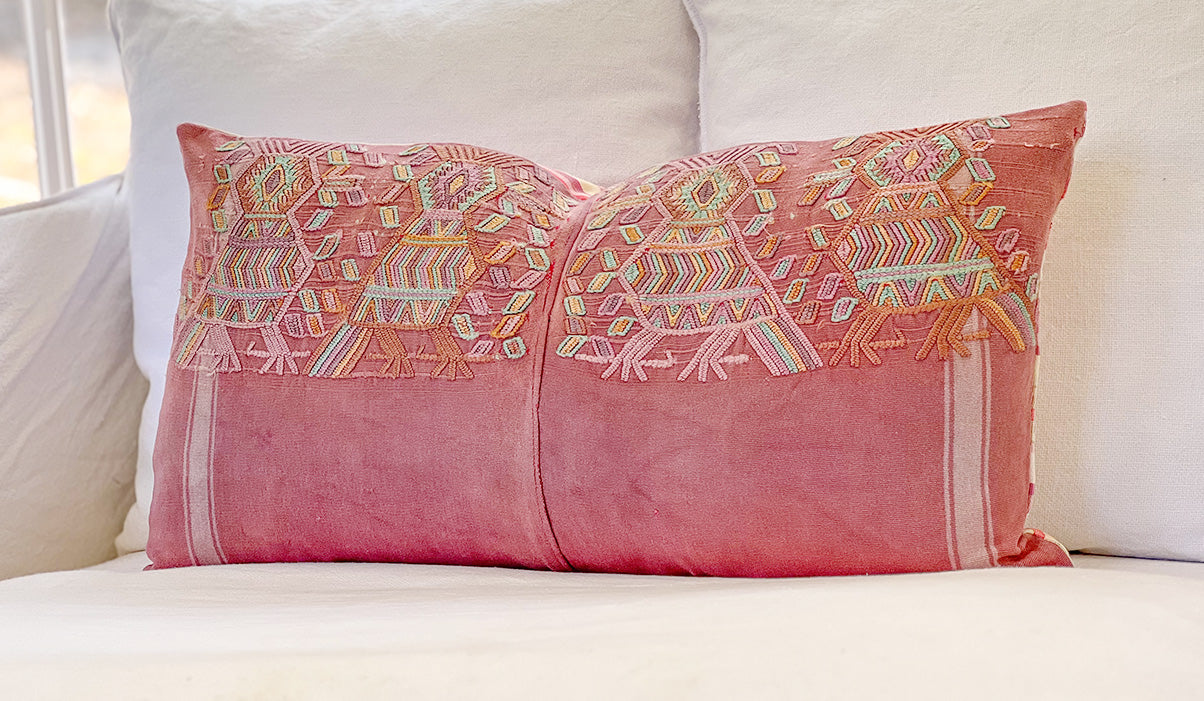
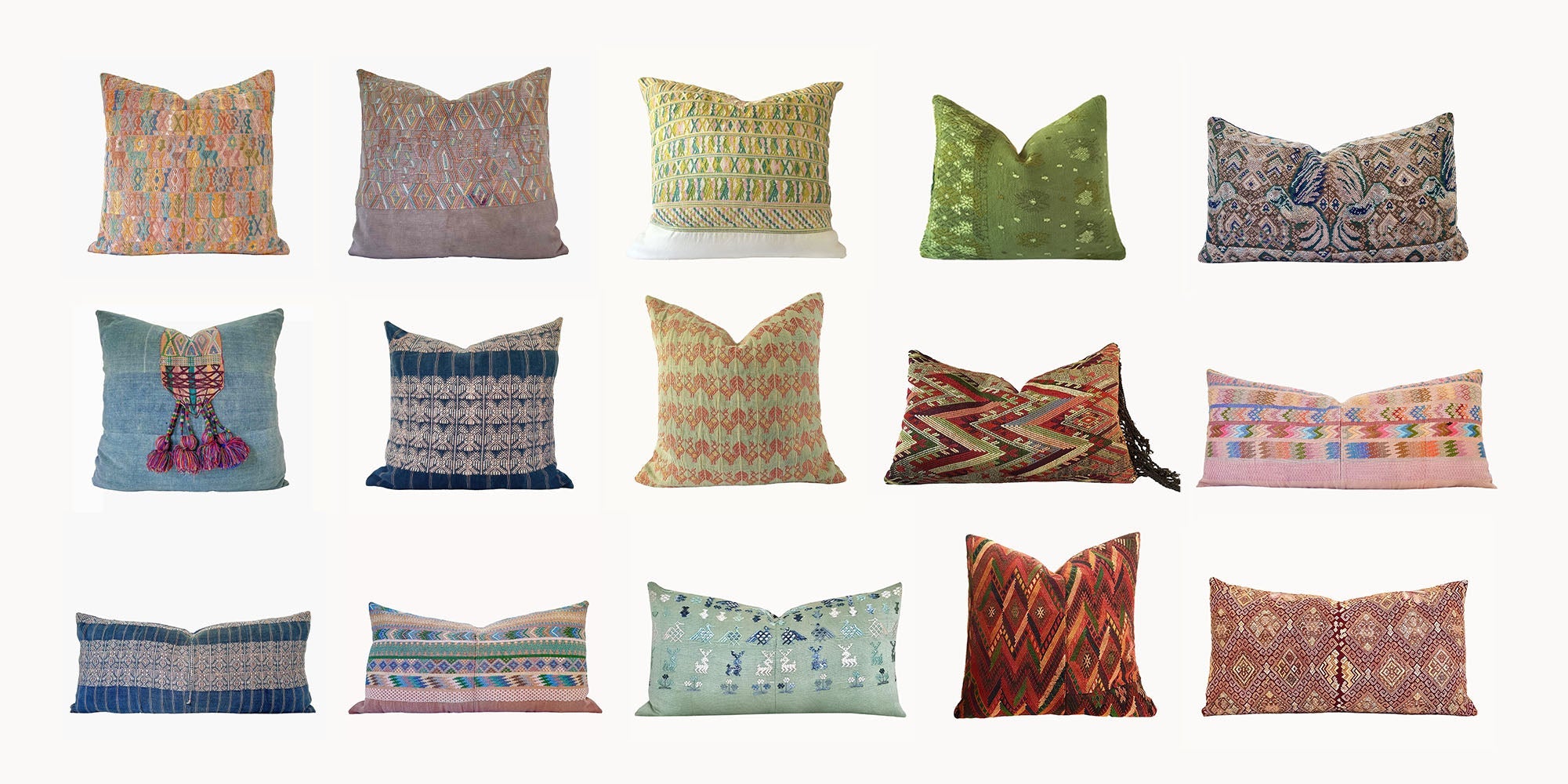
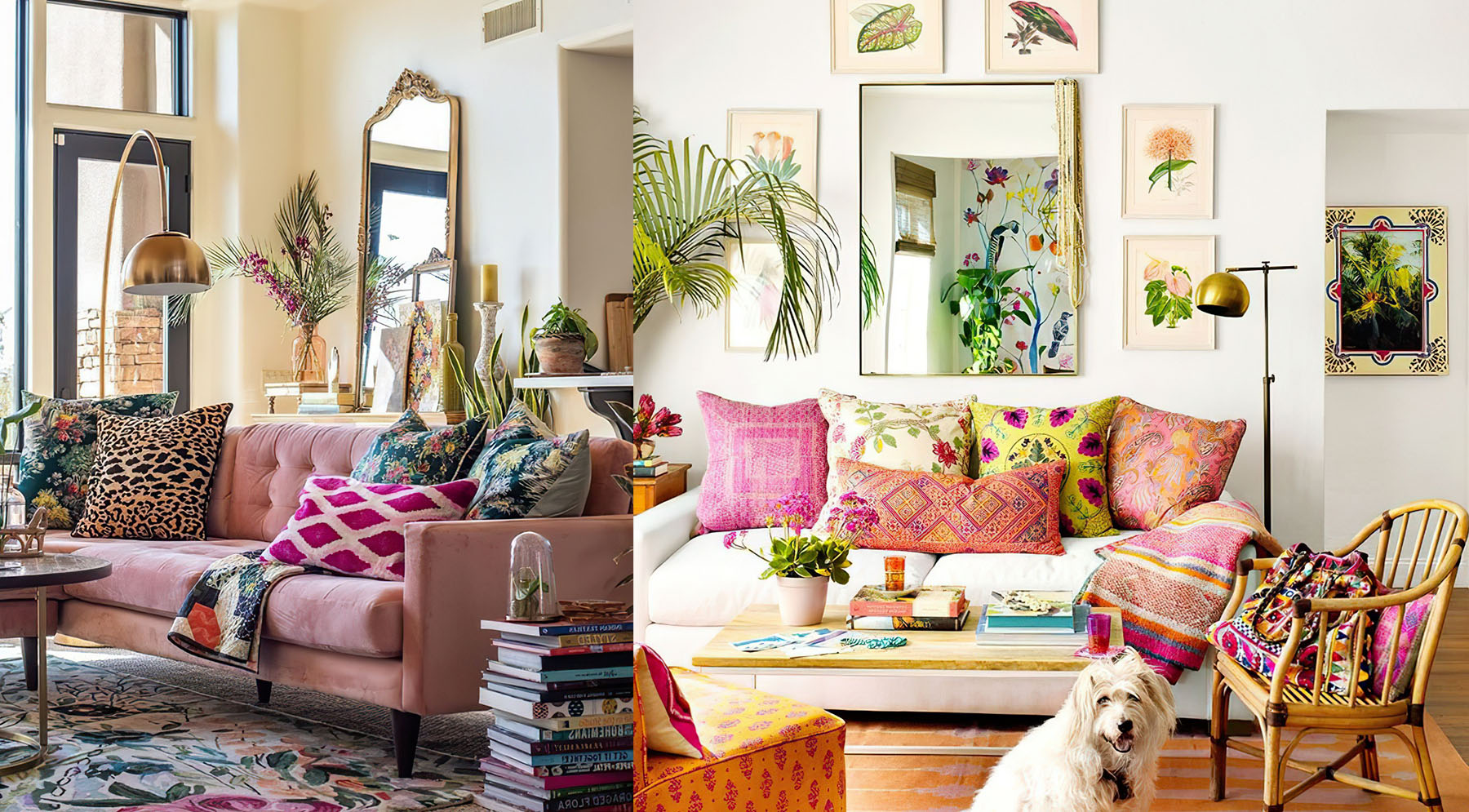
2 comments
I have a fabric that I think is from Guatemala. Would you be able to email me so I can send you a picture of it. I would like help identifying it. Thank you so much, Lynne
Lynne Martineau
Hi there! I’m a graphic designer working on a logo that will be partly for the Todos Santos Cuchumatan community. Do you have any information on the textiles for this region?
Thanks!
Ari
Leave a comment
This site is protected by hCaptcha and the hCaptcha Privacy Policy and Terms of Service apply.